Advancements in Vehicle Safety Technologies
The evolution of vehicle safety technologies is significantly influencing the Telematics Control Unit Market. As manufacturers strive to meet stringent safety regulations, the incorporation of telematics systems has become essential. These systems facilitate features such as emergency response, collision avoidance, and driver behavior monitoring. The market for advanced driver-assistance systems (ADAS) is expected to reach USD 100 billion by 2026, highlighting the increasing investment in safety technologies. This trend not only enhances vehicle safety but also drives the demand for telematics control units, as they are integral to the functionality of these advanced systems.
Rising Consumer Preference for Connectivity
Consumer preferences are shifting towards enhanced connectivity features in vehicles, which is a significant driver for the Telematics Control Unit Market. Modern consumers expect seamless integration of their mobile devices with their vehicles, leading to a demand for telematics solutions that support features such as navigation, entertainment, and communication. The market for connected cars is anticipated to grow substantially, with projections indicating that by 2027, over 70% of vehicles sold will be connected. This trend underscores the necessity for telematics control units that can support these advanced connectivity features, thereby fostering growth in the Telematics Control Unit Market.
Growing Demand for Fleet Management Solutions
The increasing need for efficient fleet management solutions is a primary driver of the Telematics Control Unit Market. Companies are seeking to optimize their operations, reduce costs, and enhance productivity. The integration of telematics systems allows for real-time tracking of vehicles, which can lead to improved route planning and fuel efficiency. According to recent data, the fleet management segment is projected to grow at a compound annual growth rate of approximately 15% over the next five years. This growth is indicative of the rising adoption of telematics solutions across various sectors, including logistics and transportation, thereby propelling the Telematics Control Unit Market.
Integration of Telematics in Insurance Models
The integration of telematics into insurance models is emerging as a crucial driver for the Telematics Control Unit Market. Insurers are increasingly adopting usage-based insurance (UBI) models, which rely on telematics data to assess risk and determine premiums. This shift is driven by the need for more personalized insurance solutions that reflect actual driving behavior. The UBI market is projected to grow significantly, with estimates indicating a potential increase of over 20% in the next few years. This trend not only benefits consumers through lower premiums but also propels the demand for telematics control units, as they are essential for collecting and analyzing driving data.
Increased Focus on Environmental Sustainability
The growing emphasis on environmental sustainability is shaping the Telematics Control Unit Market. As governments and organizations aim to reduce carbon emissions, there is a rising demand for telematics solutions that promote eco-friendly driving behaviors. Telematics systems can provide insights into fuel consumption and driving patterns, enabling drivers to adopt more sustainable practices. The market for green telematics is expected to witness a significant uptick, with estimates suggesting a growth rate of around 12% annually. This focus on sustainability not only aligns with regulatory requirements but also enhances the appeal of telematics control units in the automotive sector.
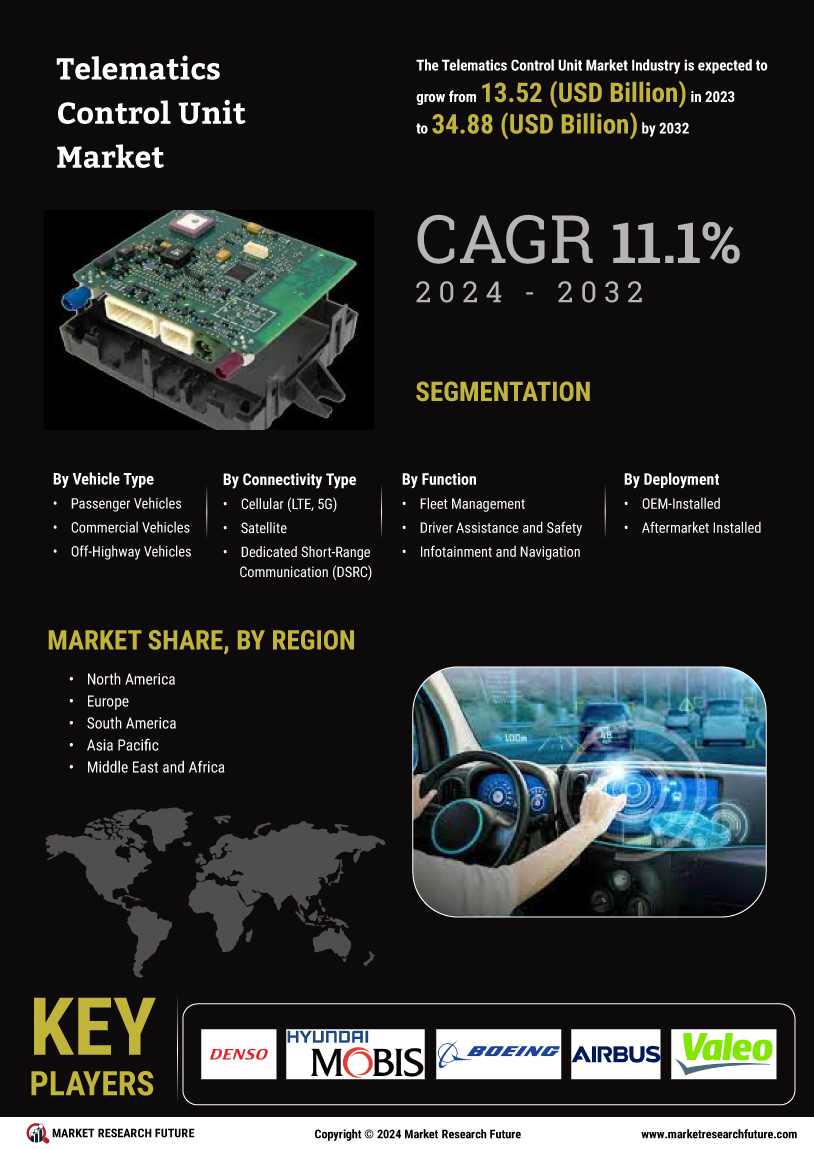

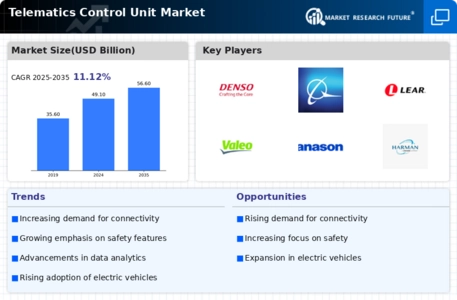
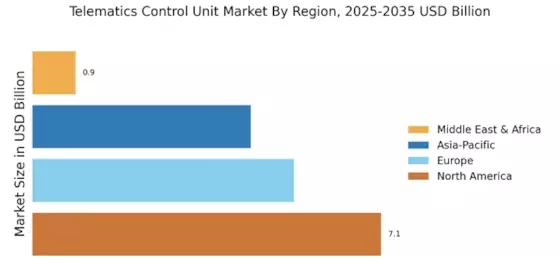

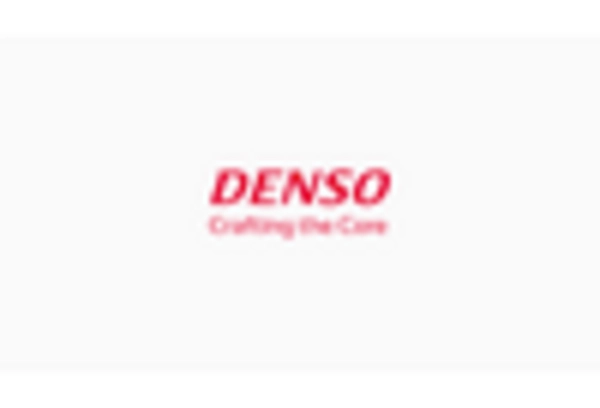

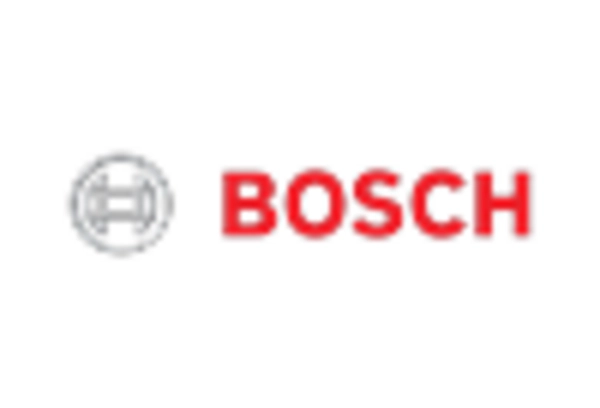










Leave a Comment